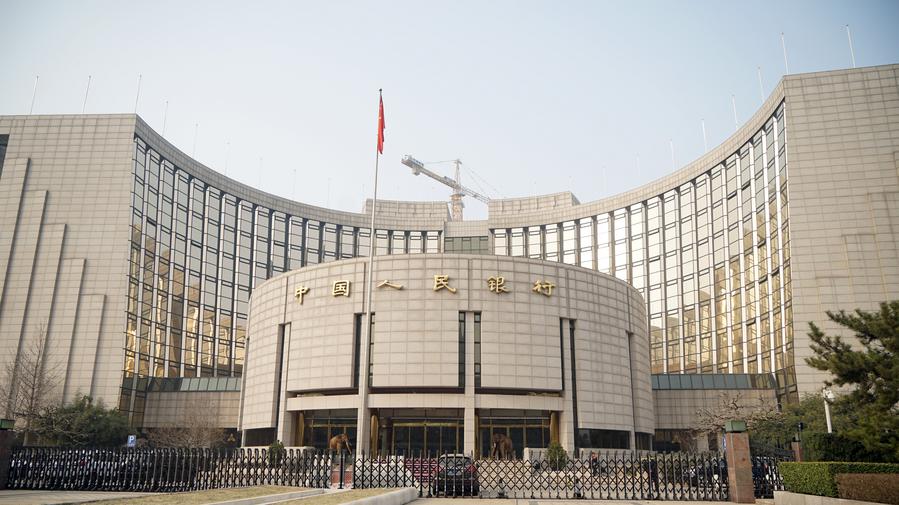
China's market-based benchmark lending rates declined on Tuesday in the latest sign that the authorities are ramping up efforts to bolster economic momentum.
The one-year loan prime rate (LPR) went down to 3 percent from the previous reading of 3.1 percent, while the over-five-year LPR, on which many lenders base their mortgage rates, was lowered to 3.5 percent from 3.6 percent, according to the National Interbank Funding Center.
Tuesday's LPR decline -- the first this year -- is expected to further reduce the borrowing costs of businesses and individuals, improve market confidence, and support the steady growth of the real economy.
Analysts said the lowered interest rates sent a clear signal that China is resolved to stabilize the market and expectations amid global uncertainties.
ALSO READ: China's loan prime rates remain unchanged
LPRs are used to price a wide range of lending rates, from consumer loans to business loans and mortgages. Lower rates will ease the burden on borrowers, leading to more investment and consumption.
For a standard commercial housing loan of 1 million yuan (nearly $140,000) over 30 years, the latest LPR adjustment could save borrowers over 50 yuan in monthly interest payments, translating into nearly 20,000 yuan in total interest savings over the life of the loan.
The lowering of the LPR was widely anticipated by the market. At a press conference on May 7, Pan Gongsheng, the governor of the People's Bank of China, announced a 0.1-percentage point cut in the policy rate. The following day, the central bank reduced the seven-day reverse repo rate to 1.4 percent, paving the way for the subsequent decline in the LPR.
The falling interest rates came as part of China's efforts to implement a moderately loose monetary policy this year. Authorities have on multiple occasions pledged timely cuts in the reserve requirement ratios and interest rates to maintain sufficient liquidity and support the economy.
In April, the average weighted interest rate on newly issued corporate loans stood at about 3.2 percent, down 50 basis points from a year earlier. Meanwhile, the average rate on new residential mortgages dropped to around 3.1 percent, a 55-basis-point decline. Both rates marked historic lows.
READ MORE: China cuts market-based benchmark lending rates
The downward trend is mirrored on the deposit side as well. Major commercial banks on Tuesday announced reductions in deposit interest rates. The one-year fixed-term deposit interest rate was lowered by 15 basis points to 0.95 percent. The rates also came to 1.05 percent for two years, 1.25 percent for three years, and 1.3 percent for five years.
Tian Xuan, president of the National Institute of Financial Research of Tsinghua University, said the reduction in both lending and deposit rates will stimulate demand for credit, drive consumption and investment, and inject new vitality into China's economic recovery.
Official data showed the Chinese economy maintained stable development in the first four months of this year, with faster growth in retail sales of consumer goods, a robust service sector, resilient imports and exports, and steady fixed-asset investment and industrial output.


